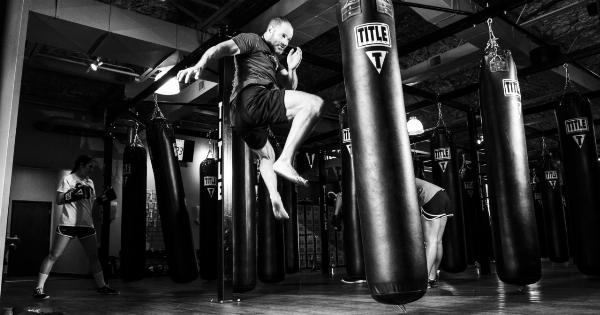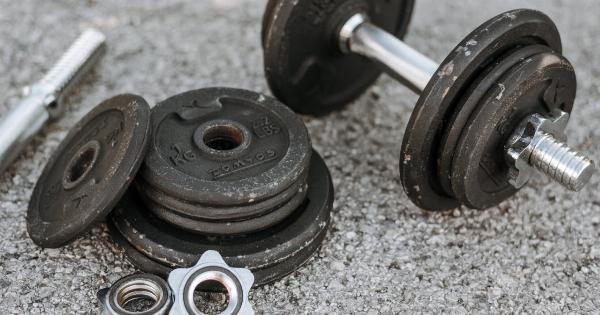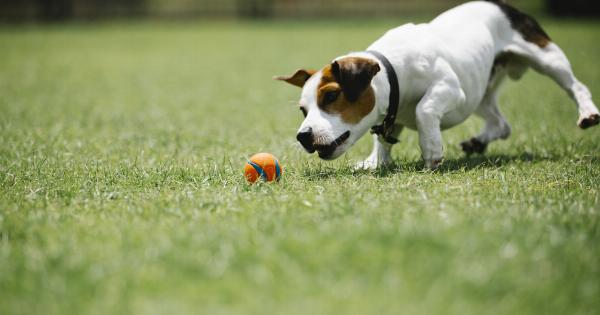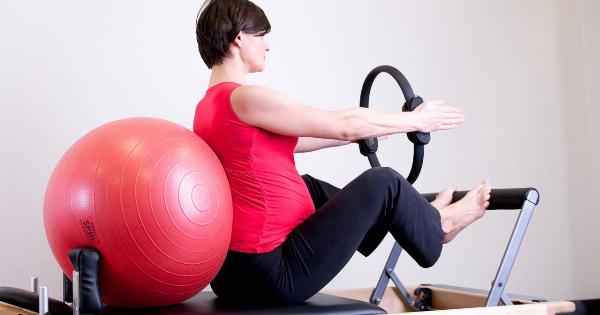Total knee replacement surgery is a major orthopedic procedure that is performed to alleviate chronic knee pain and improve mobility in individuals with severe knee problems.
After undergoing this surgery, it is crucial to engage in appropriate exercises to promote rehabilitation and regain strength and flexibility in the knee joint. However, exercising after total knee replacement requires caution and adherence to certain guidelines to prevent complications and ensure optimal recovery.
In this article, we will discuss the importance of exercising after a total knee replacement, the types of exercises that are safe and effective, and some essential tips for exercising safely.
Why Exercise After Total Knee Replacement?
Regular exercise after total knee replacement is essential for several reasons. Firstly, it helps in restoring strength and mobility in the knee joint, which may have been diminished in individuals with severe knee problems prior to surgery.
It also aids in reducing pain and inflammation, improving overall physical function, and enhancing quality of life.
Additionally, exercise plays a crucial role in preventing complications such as blood clots, muscle weakness, and joint stiffness.
It helps in maintaining healthy blood circulation, preventing muscle atrophy, and preserving the range of motion in the knee joint. Furthermore, exercise can contribute to weight management, as it helps burn calories and maintain a healthy body weight, which in turn reduces stress on the knee joint.
Safe and Effective Exercises
When it comes to exercising after total knee replacement, it is essential to focus on exercises that are safe and promote gradual and controlled movement of the knee joint. Some of the safe and effective exercises include:.
1. Range of Motion Exercises
Range of motion exercises aim to move the knee joint through its full range of motion. These exercises help in maintaining flexibility and preventing stiffness.
An example of a range of motion exercise is heel slides, where the individual lies on their back and slides their heel towards their buttocks, bending the knee.
2. Quadriceps Strengthening Exercises
Quadriceps strengthening exercises are crucial for restoring strength in the muscles surrounding the knee joint.
Examples of quadriceps strengthening exercises include straight leg raises, where the individual lifts their leg while keeping it straight and holding for a few seconds before slowly lowering it.
3. Hamstring Strengthening Exercises
Hamstring strengthening exercises target the muscles at the back of the thigh, which play a vital role in knee stability.
An example of a hamstring strengthening exercise is the seated hamstring stretch, where the individual sits on a chair and extends one leg out straight, then leans forward to feel a gentle stretch in the hamstring.
4. Low-Impact Cardiovascular Exercises
Low-impact cardiovascular exercises, such as cycling on a stationary bike or using an elliptical machine, are excellent for improving cardiovascular fitness without putting excessive stress on the knee joint.
These exercises help in enhancing overall endurance and promoting weight loss.
5. Water Exercises
Water exercises, such as swimming or water aerobics, are great for individuals who want to engage in low-impact activities to improve strength and flexibility.
The buoyancy of water reduces the pressure on the knee joint, making it an ideal environment for rehabilitation.
6. Balance and Proprioception Exercises
Balance and proprioception exercises are crucial for improving stability and reducing the risk of falls.
These exercises can include standing on one leg for a few seconds, or using a balance board or foam pad to challenge the body’s balance and coordination.
7. Assistive Device Exercises
Depending on individual needs and the stage of recovery, assistive devices such as crutches, a walker, or a cane may be used during exercises.
These devices can provide support and stability, allowing for safer and more controlled movements during the initial stages of recovery.
8. Flexibility Exercises
Flexibility exercises, such as gentle stretching exercises, help in maintaining and improving flexibility in the muscles and soft tissues surrounding the knee joint.
Examples of flexibility exercises include standing quadriceps stretches or seated calf stretches.
9. Functional Exercises
Functional exercises aim to mimic daily activities and movements, gradually restoring the individual’s ability to perform regular tasks. Examples of functional exercises include step-ups, squats, and lunges.
10. Modified Yoga and Pilates
Modified yoga and Pilates exercises can be beneficial for improving flexibility, strength, and balance.
It is essential to consult with a qualified instructor who can provide modified poses and exercises suitable for individuals with a total knee replacement.
Safe Exercise Tips for Total Knee Replacement
In addition to choosing the appropriate exercises, it is crucial to follow these safety tips when exercising after total knee replacement:.
1. Consult with your Surgeon and Physical Therapist
Before starting any exercise program, it is important to consult with your surgeon and physical therapist. They can provide specific recommendations based on your individual condition and stage of recovery.
2. Start Slow and Gradually Increase Intensity
Begin with gentle exercises and gradually increase the intensity and duration of your workouts. This helps prevent overexertion and allows your knee joint to adapt to the exercises over time.
3. Listen to Your Body
Pay attention to any discomfort or pain during exercise. It is normal to experience some mild discomfort during the initial stages of recovery, but if you experience sharp or worsening pain, stop the exercise and consult with your medical professional.
4. Use Proper Technique and Form
Ensure that you use proper technique and form while performing exercises. This helps in maximizing the benefits of the exercises while minimizing the risk of injury.
If you are unsure about the correct technique, consult with a physical therapist or certified fitness professional.
5. Warm-up and Cool-down
Always start your exercise session with a warm-up routine to prepare your muscles and joints for the upcoming activity. After completing your exercises, finish with a cool-down period that includes stretching and relaxation exercises.
6. Ice and Elevate
After exercising, you may experience some swelling or discomfort in the knee joint. Applying ice packs and elevating your leg can help reduce inflammation and promote recovery.
Follow your medical professional’s recommendations for icing and elevating.
7. Stay Hydrated
Drink plenty of water before, during, and after exercise to stay properly hydrated. This helps maintain optimal joint lubrication and prevents muscle cramping.
8. Wear Supportive Footwear
Wear proper athletic shoes that provide adequate support and cushioning for your feet. The right footwear can aid in maintaining proper alignment and reducing stress on the knee joint during exercise.
9. Be Consistent
Consistency is key when it comes to exercise after total knee replacement. Aim for regular exercise sessions and gradually increase the frequency and duration as advised by your medical professional.
10. Seek Professional Guidance
If you are unsure about how to begin or progress your exercise routine, consider seeking guidance from a qualified physical therapist or certified fitness professional.
They can provide personalized guidance and ensure that you are performing exercises safely and effectively.






























